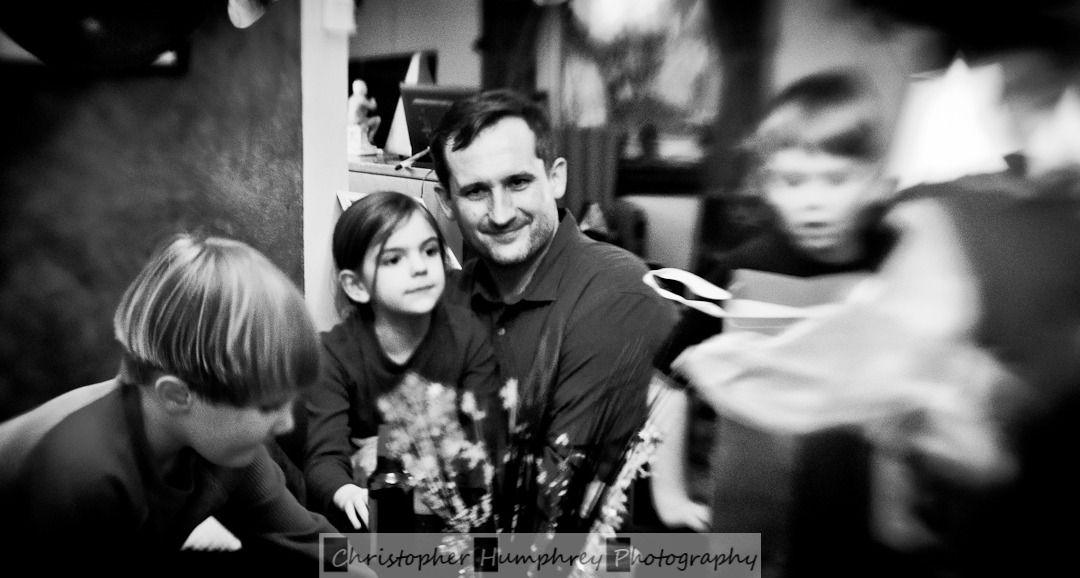While we are enjoying, or suffering from, a glut of imagery on social media, photographers with an artistic bent are looking for ways to do something different — not for the sake of difference alone, but to make the viewer see things more intensely, or more reflectively.
Cameras and camera phones are amazing. They can set the exposure, create the shallow depth of field everyone wants, and make sure the color is accurate. I am a member of several photography groups on Facebook, and a lot of the imagery I see is good, technically, but uninteresting. Pretty girls, yep, who doesn’t like to see them? Landscapes that are breath-taking — but you can only have your breath taken so many times. And it costs nothing to produce an image, so we are inundated. What’s a photographer to do?
Some of us are turning to old lenses, and old technology. Wet collodion process is returning, for example.

From NSFW | 29 Wet Plate Collodion Photographers You Need to Know! | Analog Forever Magazine
The Lensbaby company is making lens with deliberate “defects,” like the Velvet 56 that I use, to reintroduce diffusion to images. (They’re not blurry; it’s something like a haze, under which the image is still sharp. It can be incredibly beautiful, especiailly in “high-key,” or bright, images.) Lensbaby also makes the Spark lens, which I also use, and which has selective focus. That means, practically, that I have to bend the lens (which is on a rubber bellows) and compress it towards the camera body, to put the part of the visual field that I want in focus. It’s challenging, and you can never the same photo twice. This kind of lens has been used in the movie The Diving Bell and the Butterfly, in music videos, and a host of currently streaming TV series on Netflix, HBO, Amazon and Hulu.
What does this selective focus do, for the viewer? Vincent Versace observed that the eye is drawn to the bright over the dark, to areas of high contrast over areas of low contrast, and to the sharp over the blurry. Selective focus lenses let the photographer direct the viewer to what the photographer thinks is the main point of interest. A smiling face may be in high contrast, and sharp, and the rest of the image may become increasingly low-contrast and blurred as the eye moves away from that.
Art is often a process of abstraction: you take things away, you simplify, to make a strong visual. Increased contrast erases detail. Black and white does the same abstraction: so the eye is arrested by an expression, a gesture. I caught my wife in this shot, playing with the grandkids. The star-shaped specular highlights (the bright spots in the bokeh, or blur) were created by an insert in the front of the lens. The area of highest contrast is her face, and the area around it. There is a vignette, or darkened border, partly created by the lens and partly by post-processing software (Lightroom, most likely).
The result gives a retro feel — as though these images came from a generation ago. There is something reassuring about them, but also very personal: these are unique people, arrested in time (not for crimes — ha,, ha — but for the viewer’s remembrance).

Recently my middle and third daughters’ families came together for two children’s birthdays. They have 14 kids between them, so it happens often enough, and it’s a lot of fun (though eventually tiring for the old guy). I brought my camera with the Spark lens and fired away. Here’s a small gallery with some of the results. Again, simplification, abstraction, makes for arresting imagery. Some sample images below to whet the appetite.




